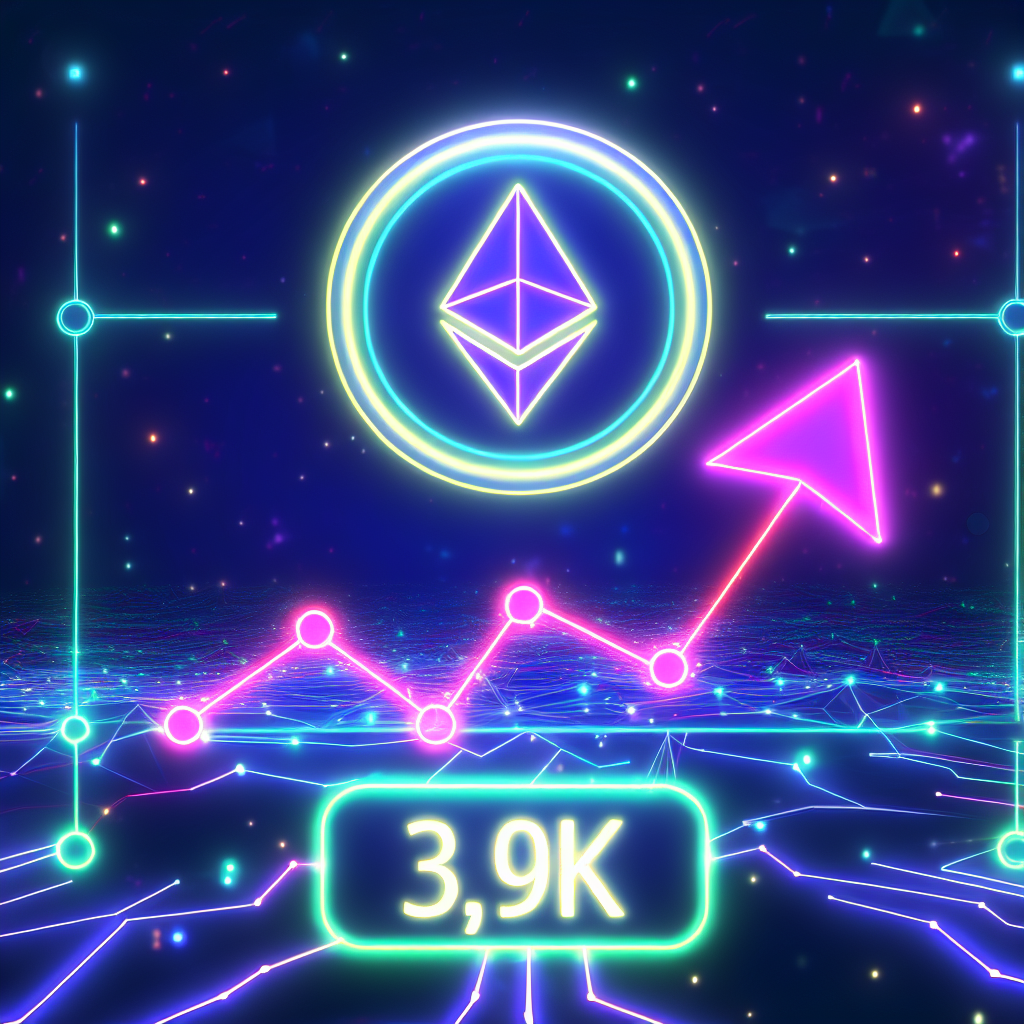Key takeaways:
Ethereum appears to have established a floor at $3,900, indicating a potential local bottom.
A rare Power of 3 pattern hints at a possible breakout of 80% to 100% in Q4.
Ether (ETH) seems to have indicated a local bottom at $3,900, supported by a crucial technical pattern that suggests another significant breakout could be on the horizon. Observations from the daily chart reveal that traders are likely focused on the resurgence of the Power of 3 (PO3) model, also known as the Accumulation-Manipulation-Distribution setup, which previously propelled ETH from $2,000 to $4,900 between May and June.
The recent structure showed a similar pattern. Ether buyers accumulated between $4,800 and $4,200 before a quick drop briefly pulled the price below $4,000. Market analysis views this move as a strategic liquidity sweep or stop-hunt, effectively clearing external liquidity around $4,180, a figure indicated in prior analyses.
This retracement, occurring alongside a daily fair value gap (FVG), has reinforced a bullish outlook rather than undermining it, suggesting a possible repetition of the Q2 scenario.
Momentum indicators also support this perspective. The 25-day and 50-day simple moving averages are acting as immediate resistance, with the next critical objective being a decisive daily close above $4,500. Achieving this level would establish a solid foundation for Ether’s next move upward.
Analysts anticipate a potential breakout ranging from 80–100% as Q4 progresses, mirroring the remarkable gains seen earlier in the year. With its recent low below $3,900 increasingly resembling a floor price, Ether may be gearing up to test new highs in the upcoming weeks.
Related: Ethereum’s ‘bull flag’ targets $10K as ETF demand returns
Ether derivatives and spot flows
Ether’s open interest (OI) and cumulative volume delta (CVD) for futures have only seen a slight increase, even as prices rose approximately 15% over the past week. This indicates that the advance is not heavily leveraged, thereby minimizing the risk of forced liquidations if momentum wanes, but it also suggests potential for OI growth to support a secondary leg if demand remains strong.
Conversely, a notable decrease in spot CVD amid the price rise indicates net aggressive selling in the spot market, creating a classic bearish divergence that may reflect either absorption by passive bids or distribution by larger holders. This pattern can often lead to volatile fluctuations if support levels are tested. Should absorption persist and the price maintains above reclaim levels between $4,200 and $4,400, sidelined leveraged traders may re-enter and continue the trend with controlled volatility.
However, if bullish absorption lessens, the divergence may heighten the risk of pullbacks and sharper mean-reversion dips as liquidity pockets are swept before the trend resumes its upward movement.
A key area to watch in the near term is between $4,100 and $4,250, where internal liquidity is tightly grouped and volume inefficiencies are clear. The price previously surged through this zone without achieving a balanced interaction between buyers and sellers. Thus, if bullish momentum does not successfully push above $4,500 in the coming days, this zone could serve as a significant retracement target or support level for price re-entry.
Related: Solana may have an edge over Ethereum in staking ETFs, says Bitwise CEO
This article does not contain investment advice or recommendations. Every investment and trading move involves risk, and readers should conduct their own research when making a decision.

